The result of a French initiative, CoRoT was a pioneering stellar seismology and exoplanet hunting mission that ran from 2006 to 2014.
Key information
| Mission | Observe star vibrations and search for exoplanets |
|---|---|
| Domain | Science |
| Launch date | 27 December 2006 |
| Partners | Austria, Belgium, Brazil, ESA, Germany, Spain, ESA |
| Where | Circular polar orbit |
| Lifetime | Mission ended 17 June 2014 |
| Status | Completed |
Key figures
- 650 kg: satellite mass
- 160,000 stars observed
- 2,729 days in orbit
- 27-cm-diameter mirror
Key milestones
- June 2013: End of mission
- 23 October 2009: CNES extends mission for three years
- 27 December 2006: CoRoT satellite launched by Soyuz
- 10 February 2006: Start of satellite testing
- 6 January 2006: Satellite integration phase
- 9 December 2004: Flight model of telescope delivered by Alcatel Cannes
- October 2000: Transition to C/D development phase
- March 1998: Transition to B development phase
- December 1996: CoRoT project kicks off
Project in brief
Launched on 27 December 2006, the CoRoT space telescope (Convection, Rotation and planetary Transits) continuously observed star fields in the Milky Way for periods of up to six months. Untested at the time, this observation method revealed several hundred candidate extrasolar planets, 34 of which have been confirmed and studied in detail so far, and determined the structure, inner workings and age of thousands of stars. Over the course of 2,729 days, from its 900-km orbital perch CoRoT collected some 160,000 light curves showing variations in star brightness over time.
CNES’s role
Initiated at a time when the first exoplanets were yet to be discovered, the CoRoT mission was executed by CNES as prime contractor with the Observatoire de Paris as science lead. French, European and Brazilian research laboratories also took part in the mission. The satellite, carrying an afocal telescope with a 27-cm lens and a wide-field camera, was built around a CNES Proteus spacecraft bus. It was de-orbited on 17 June 2014.
Contacts
Astronomy & Astrophysics subject matter expert
Philippe Laudet
E-mail: philippe.laudet at cnes.fr
Exobiology, Exoplanets and Planetary Protection subject matter expert
Christian Mustin
E-mail: christian.mustin at cnes.fr


